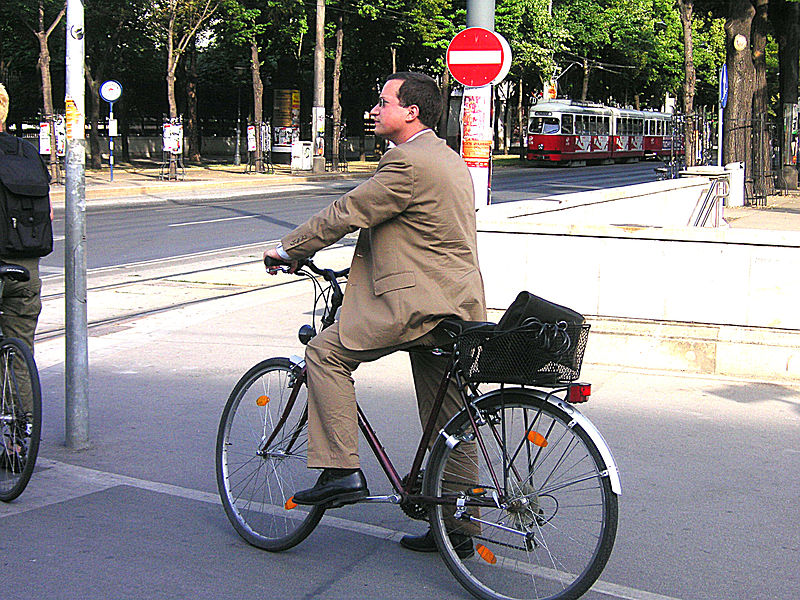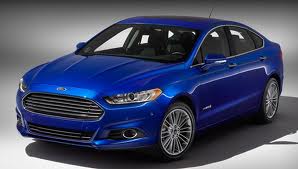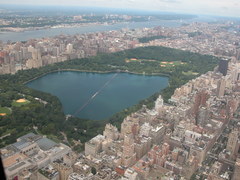For those unfamiliar with Manhattan geography, Manhattan is much longer on its roughly North-South axis than it is on its East-West axis, although the island is narrower at its southern edge. (And it turns out to be harder to quickly locate a map showing the entire island than one would think).

Map of Manhattan - via Mappery.com
The current (and possibly next, or mayor-for-life) Michael Bloomberg has proposed that we make the East-West bus routes free, as they don’t function particularly well, the streets get congested, and – people are then tempted to use taxis – which merely exacerbates the entire situation.
Subways? We’ve only got two streets – 42nd and 11rth – which have subway routes which go directly across.
Every major east-west street clogs regularly. So is this a good idea, or not?
It’s a good idea, no question, viewed in isolation. And, in fact, it’s probably one of the best “wedges” we can use to unclog traffic in Manhattan.
Here’s the problem: while there are certainly people who are not affluent who will avail themselves of this free service, many if not most of these routes also run into the most afluent areas not just of the city, but of the nation, and the world.
The median value of owner-occupied homes for the entire county is $1,000,001 (2008 estimate); the median household income (2007) was $63,704. Link to census data for New York County, New York (Manhattan).
The comparable national values are $119,600 ((The latest national number is for 2000, rather than 2008; we concede that this marginally weakens our argument)) as the value of owner-occupied housing, and the median household income (2007) $50,740. Link to Census Data here.
In other words, we’ve got bottlenecks – and service deficits – elsewhere in our transit – and other – systems. Why start with bus routes which pass the Metropolitan Museum, F.A.A. Schwarz, Bergdorf Goodman, Carnegie Hall, Lincoln Center, and the railway stations which serve our out-of-city commuters who, at present, pay no commuter’s tax (they use municipal services during the day, but pay no municipal income tax)?
At the least, we can say it’s an odd way to build consensus. Here are links to some of the coverage of this issues:
Bloomberg Calls for Free Crosstown Buses – City Room Blog …(New York Times City Room Blog)
Mayor Proposes Free Crosstown Buses – NYTimes.com
Streetsblog New York City » Bloomberg Tests Free-Transit Waters
WNYC – The Brian Lehrer Show: Free Crosstown BusProposal
Free Crosstown Buses Proposed By Bloomberg
(Huffington Post)
More Manhattan Maps from the brilliant site Mappery.com. Plus – they’ve got more here..
Cross-posted in slightly different form on Caton Avenue















